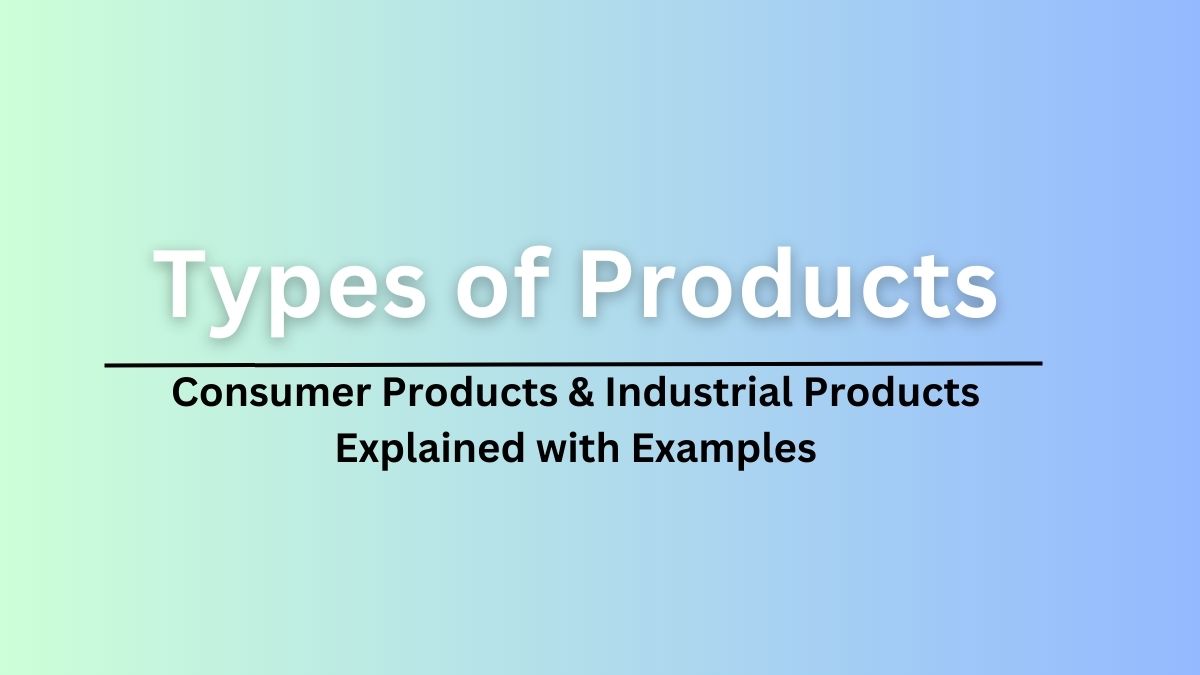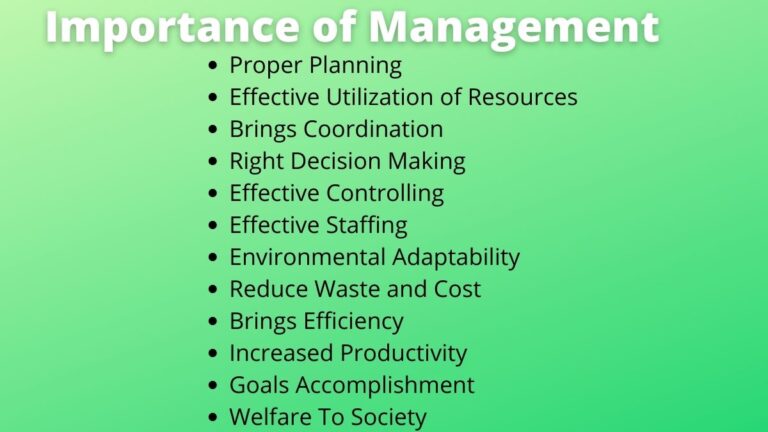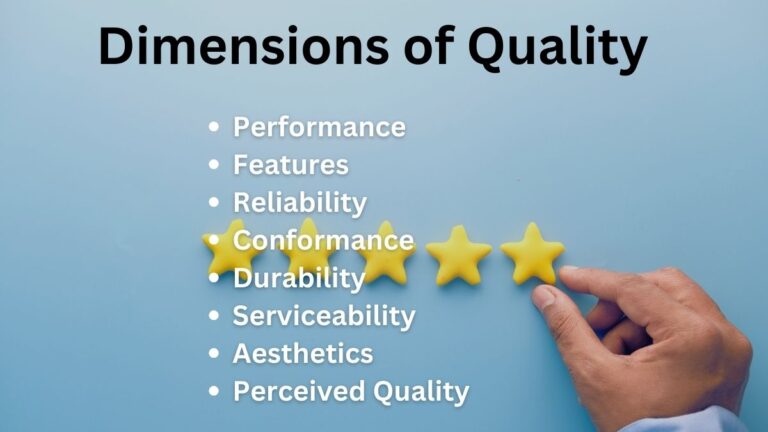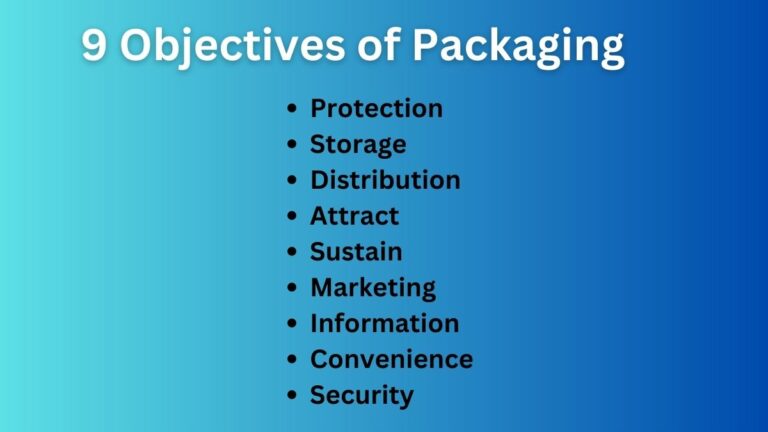Types of Products (Consumer Products and Industrial Products) Explained
A product is something that is offered to the market either for consumption or reselling purposes. The product can be a tangible item like clothes, rice, etc. as well as an intangible item like consulting or delivery service.
Now, let’s understand the different types of products found in the market.
Types of Products
Generally, every product that is available in the market can be categorized into two categories – consumer products and industrial products.
Consumer products are those products that are offered to consumers for consumption. Whereas, industrial products are those products businesses or organizations buy for further processing or reselling purpose.
Let’s further discuss what consumer and industrial products are, their types, characteristics, and examples.
Related: What is Core Product?
Consumer Products
Consumer products include products that have utility to satisfy consumers’ needs and wants. These products are directly offered to individual consumers and households.
These goods have an immediate use for consumers. Consumers either purchase consumer goods for personal use or family use but normally not for business purposes.
Consumers’ goods can be further classified into four main categories based on the purchasing behavior and perception of customers about the product. They are:
- Convenience Product
- Shopping Product
- Specialty Product
- Unsought Product
Convenience Products
Convenience products are those consumers use in everyday life, they are inexpensive and do not demand much effort from customers to purchase them. These products are easily available, consumers can easily find them in near stores or websites and can purchase them from a place suitable to them.
Convenience products are usually produced in huge quantities and do not need to put marketing efforts as they already have a set demand in the market. These products have the following major characteristics.
- Frequently purchased.
- Low price.
- Easy availability.
- No need for mass advertising.
- Non-durable.
Convenience products further have three types, namely staple products, impulse products, and emergency products.
- Staple Products – These are the products consumers buy on most regular basis. For example, rice, milk, vegetables, etc. that they need in their everyday life.
- Impulse Products – These include the products consumers normally do not make a list to buy when they go to grocery stores. For example, when a consumer goes to a grocery store, when he is paying he sees chocolates near the cash counters and ends up buying the chocolate also. Examples of impulse products include chocolate, ice cream, newspapers, etc.
- Emergency Products – Emergency products are those types of consumer products consumers buy in emergencies. For example, medicines when someone feels sick, an umbrella, and a raincoat when the rain starts.
Also Read: What is Marketing Concept?
Shopping Products
Shopping products are consumer products that people buy less frequently than convenience goods. And, while buying these goods consumers usually compare the products.
These goods have higher prices than convenience, and demand consumers to evaluate products in terms of price, quality, design, styles, durability, etc. before purchasing. As such, consumers spend more time and effort on buying shopping goods.
Buying a mobile phone, laptop, bike, watch, furniture, clothe, refrigerator, etc. are examples of shopping products. Shopping goods have the following main features.
- Less frequently purchased.
- Higher price.
- Durable than convenience products.
- Available in limited outlets.
- Time-consuming.
The shopping product can further be classified into two types – homogeneous and heterogeneous shopping products.
- Homogeneous Shopping Products – Include the products that have similar characteristics, qualities, and even prices. For example, two different laptops have almost the same features, qualities, and prices. The only difference you can find is the brand name, the customer’s views, and your personal experience with the products.
- Heterogeneous Shopping Products – Include the shopping products that have dissimilar attributes from each other. These differences make consumers quickly decide on the right products for them.
Specialty Products
Specialty products have unique characteristics and brand identification as such customers do not mind making an extensive effort on knowing such products, and investing much effort, and money in such products.
These products have a unique image on the market. Take the example of the Lamborghini Car, customers do not think it necessary to compare this car with other brands. They just arrange the money and even go miles away to purchase the car.
Specialty products a lot depends upon the consumer’s loyalty. These products best meet the desire of specific segments of the market. These products also have higher prices and quality.
Specialty products are not needed by consumers, but their desire makes them buy. For example, luxury cars, branded mobiles, extensive paintings, old coins, etc. Below are the main features of specialty goods.
- Less frequently purchased.
- Unique characteristics.
- Brand image.
- Available at specific outlets only.
- Higher price.
- Qualitative.
- Durable.
Unsought Products
Unsought products are those consumer products that consumers do not know about or normally do not think of buying. Only in particular situations do consumers opt for buying these goods.
Take the example of insurance, pre-paid funeral services, reference books, etc. In addition, these goods do not give consumers immediate benefits which may be the reason they do not actively want to buy.
Selling unsought products is the hardest task for businesses. They require to do high-budget advertising and marketing and appoint highly professional marketing & sales personnel.
The main features of unsought goods include.
- Normally not purchased.
- Normally consumers do not think of buying.
- Price varies with the product.
- Needs high investment in advertising and marketing.
These are the four main types of consumer products we have explained. Now, let’s discuss industrial products.
Related: Difference Between Industrial and Consumer Products
Industrial Products
Industrial products, also called business products are those products that are used to produce other products. Usually, these products are in raw form and to make them useable they need to be processed.
In simple words, the products businesses or organizations purchase are called industrial products. They normally, purchase for reproduction and resell purposes. In certain cases, they purchase products for consumption such as snacks for their employees, pen, papers for operations, etc.
The main buyers of industrial products are manufacturers and commercial businesses. Usually, these products are bought in higher quantities as compared to consumer products.
Industrial products are further six types. They are:
- Raw materials
- Capital goods
- Essential equipment
- Component materials
- Accessory products
- Services and Supplies
Raw Materials
The first type of industrial product is raw materials. Raw materials are the first part of the production process i.e. input, process, and output.
Raw materials need to be processed to be finished goods. Examples of raw materials include different natural resources, jute, textiles, minerals, wood, sugarcane, etc.
Also Read: What is Actual Product?
Take the example of sugarcane. Factories process it to make a final product we call sugar. Here, sugarcane is the raw material and sugar is the processed product companies can sell now.
Capital Goods
These include the industrial products that make possible the production of goods. Examples of capital products include machines, buildings, land, and other equipment that are directly used for the production of products.
These industrial products require extensive investment from companies. Without these products, companies could not produce the products. For example, if the company does not have a sugarcane processing machine it can not produce sugar.
Essential Equipment
As the name suggests, essential, these are the products without which a company can not run smoothly. These are utility products that are useful to produce, process, and sell products.
Machinery, typewriters, computers, automobiles, etc. are some common examples of essential equipment. These are essential to run the industry’s operations and activities smoothly.
Component Materials
Unlike raw materials, component materials are to some degree already processed materials. They remain intact and assembled to the total product.
For example, such as an automobile tire is already processed from rubber before being used for manufacturing bikes, cars, buses, etc.
As such, component materials can further be of two types – one, a semi-manufactured product that is the final product of one manufacturer but has to go through some additional changes to be a final product for another manufacturer. And, second, includes the product’s different parts which will be assembled without further changes.
Accessory Products
These are the industrial products that assist the production process and selling of the product without being an actual part of either the manufacturing process or the selling process.
These are less expensive as compared to essential products also have a short life and usually act as a helping hand in production and selling. For example, trolleys, small power tools, forklifts, display racks, etc.
Services and Supplies
Services in the industry include maintenance repair service, office equipment, machinery maintenance, consulting, etc. Simply, a person’s service becomes an industrial product whenever they start working for a business in any capacity.
Supplies are convenience products for the industry. These products can be purchased with minimal effort and companies need them regularly. Examples may include papers, pens, registers, and other stationary items.
Also Read: What is Augmented Product?
Sajan Kushmi is a content writer with more than 4 years of experience. He holds BIM Degree. He write on the topics related to Management, Marketing, and Entrepreneurship.






